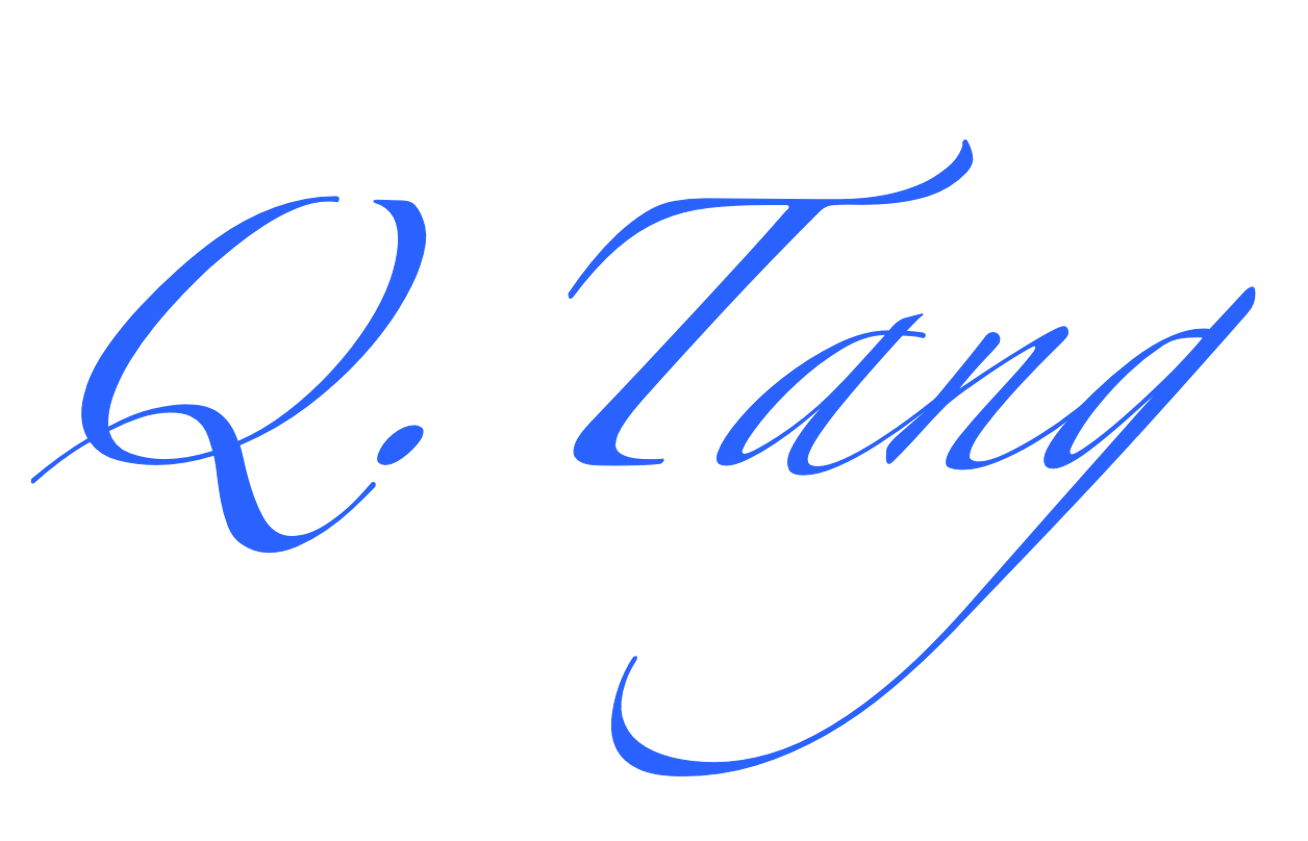1. Motivation
import torch2. Method

3. Experiments
During training, we use 36 RGB-D img (6, 21, 9 img from 2001, 2006 and 2014 datasets, respec- tively) from Middlebury dataset. To evaluate the perfor- mance of our PMBANet, we test on 6 standard depth maps (Art, Books, Moebius, Dolls, Laundry, Reindeer) from Middlebury 2005, 4 standard depth maps (Tsukuba, Venus, Teddy, Cones) from Middlebury 2003.
We augment the training dataset by 180-rotation and randomly extracted 10000+ depth patches of a fixed size of 16 × 16 from LR depth maps. The corresponding HR depth patches are the squared size of 32, 64, 128, and 256 according to 2, 4, 8, and 16 up-scaling factors respectively. Similar to other works, the metric of Mean Absolute Difference (MAD), Root Mean Square Error (RMSE), and percentage of error pixels (PE) is used to measure the difference between the predicted depth map and the corresponding ground truth. Lower MAD and PE values, bettern performance.
|
|
|
Art |
|
|
Books |
|
|
Dolls |
|
|
Laundry |
|
|
Mobius |
|
|
Reindeer |
|
|
×4 |
×8 |
×16 |
×4 |
×8 |
×16 |
×4 |
×8 |
×16 |
×4 |
×8 |
×16 |
×4 |
×8 |
×16 |
×4 |
×8 |
×16 |
|
|
CLMF |
0.76/8.12 |
1.44/17.28 |
2.87/33.25 |
0.28/3.27 |
0.51/7.25 |
1.02/16.09 |
0.34/4.40 |
0.60/8.76 |
1.01/18.32 |
0.50/5.50 |
0.80/12.67 |
1.67/25.40 |
0.29/4.13 |
0.51/8.42 |
0.97/17.27 |
0.51/4.65 |
0.84/9.96 |
1.55/18.34 |
|
JGF |
0.47/3.25 |
0.78/7.39 |
1.54/14.31 |
0.24/2.14 |
0.43/5.41 |
0.81/12.05 |
0.33/3.23 |
0.59/7.29 |
1.06/15.87 |
0.36/2.60 |
0.64/4.54 |
1.20/8.69 |
0.25/3.36 |
0.46/6.45 |
0.80/12.33 |
0.38/2.27 |
0.64/5.17 |
1.09/11.84 |
|
EDGE |
0.65/6.82 |
1.03/13.49 |
2.11/25.90 |
0.30/3.35 |
0.56/8.50 |
1.03/19.32 |
0.31/2.90 |
0.56/6.84 |
1.05/17.97 |
0.32/2.82 |
0.54/5.46 |
1.14/13.57 |
0.29/3.72 |
0.51/7.36 |
1.10/14.05 |
0.37/2.67 |
0.63/6.22 |
1.28/16.80 |
|
TGV |
0.65/5.14 |
1.17/10.51 |
2.30/21.37 |
0.27/2.48 |
0.42/4.65 |
0.82/11.20 |
0.33/4.45 |
0.70/11.12 |
2.20/45.54 |
0.55/6.99 |
1.22/16.32 |
3.37/53.61 |
0.29/3.68 |
0.49/6.84 |
0.90/14.09 |
0.49/4.67 |
1.03/11.22 |
3.05/43.48 |
|
KSVD |
0.64/3.46 |
0.81/5.18 |
1.47/8.39 |
0.23/2.13 |
0.52/3.97 |
0.76/8.76 |
0.34/4.53 |
0.56/6.18 |
0.82/12.98 |
0.35/2.19 |
0.52/3.89 |
1.08/8.79 |
0.28/2.08 |
0.48/4.86 |
0.81/8.97 |
0.47/2.19 |
0.57/5.76 |
0.99/12.67 |
|
CDLLC |
0.53/2.86 |
0.76/4.59 |
1.41/7.53 |
0.19/1.34 |
0.46/3.67 |
0.75/8.12 |
0.31/4.61 |
0.53/5.94 |
0.79/12.64 |
0.30/2.08 |
0.48/3.77 |
0.96/8.25 |
0.27/1.98 |
0.46/4.59 |
0.79/7.89 |
0.43/2.09 |
0.55/5.39 |
0.98/11.49 |
|
PB |
0.79/3.12 |
0.93/6.18 |
1.98/12.34 |
0.16/1.39 |
0.43/3.34 |
0.79/8.12 |
0.53/3.99 |
0.83/6.22 |
0.99/12.86 |
1.13/2.68 |
1.89/5.62 |
2.87/11.76 |
0.17/1.95 |
0.47/4.12 |
0.82/8.32 |
0.56/6.04 |
0.97/12.17 |
1.89/21.35 |
|
EG |
0.48/2.48 |
0.71/3.31 |
1.35/5.88 |
0.15/1.23 |
0.36/3.09 |
0.70/7.58 |
0.27/2.72 |
0.49/5.59 |
0.74/12.06 |
0.28/1.62 |
0.45/2.86 |
0.92/7.87 |
0.23/1.88 |
0.42/4.29 |
0.75/7.63 |
0.36/1.97 |
0.51/4.31 |
0.95/9.27 |
|
SRCNN |
0.63/7.61 |
1.21/14.54 |
2.34/23.65 |
0.25/2.88 |
0.52/7.98 |
0.97/15.24 |
0.29/3.93 |
0.58/8.34 |
1.03/16.13 |
0.40/6.25 |
0.87/13.63 |
1.74/24.84 |
0.25/3.63 |
0.43/7.28 |
0.87/14.53 |
0.35/3.84 |
0.75/7.98 |
1.47/14.78 |
|
DSP |
0.73/7.83 |
1.56/15.21 |
3.03/31.32 |
0.28/3.19 |
0.61/8.52 |
1.31/16.73 |
0.32/4.74 |
0.65/9.53 |
1.45/19.37 |
0.45/6.19 |
0.98/12.86 |
2.01/22.96 |
0.31/3.89 |
0.59/8.23 |
1.26/16.58 |
0.42/3.59 |
0.84/7.23 |
1.73/14.12 |
|
ATGVNet |
0.65/3.78 |
0.81/3.78 |
1.42/9.68 |
0.43/5.48 |
0.51/7.16 |
0.79/10.32 |
0.41/4.55 |
0.52/6.27 |
0.56/12.64 |
0.37/2.07 |
0.89/3.78 |
0.94/8.69 |
0.38/3.47 |
0.45/4.81 |
0.80/8.56 |
0.41/3.82 |
0.58/5.68 |
1.01/12.63 |
|
MSG |
0.46/2.31 |
0.76/4.31 |
1.53/8.78 |
0.15/1.21 |
0.41/3.24 |
0.76/7.85 |
0.25/2.39 |
0.51/4.86 |
0.87/9.94 |
0.30/1.68 |
0.46/2.78 |
1.12/7.62 |
0.21/1.79 |
0.43/4.05 |
0.76/7.48 |
0.31/1.73 |
0.52/2.93 |
0.99/7.63 |
|
DGDIE |
0.48/2.34 |
1.20/13.18 |
2.44/26.32 |
0.30/3.21 |
0.58/7.33 |
1.02/14.25 |
0.34/4.79 |
0.63/9.44 |
0.93/11.66 |
0.35/2.03 |
0.86/3.69 |
1.56/16.72 |
0.28/1.98 |
0.58/8.11 |
0.98/16.22 |
0.35/1.76 |
0.73/7.82 |
1.29/15.83 |
|
DEIN |
0.40/2.17 |
0.64/3.62 |
1.34/6.69 |
0.22/1.68 |
0.37/3.20 |
0.78/8.05 |
0.22/1.73 |
0.38/3.38 |
0.73/9.95 |
0.23/1.70 |
0.36/3.27 |
0.81/7.71 |
0.20/1.89 |
0.35/3.02 |
0.73/7.42 |
0.26/1.40 |
0.40/2.76 |
0.80/5.88 |
|
CCFN |
0.43/2.23 |
0.72/3.59 |
1.50/7.28 |
0.17/1.19 |
0.36/3.07 |
0.69/7.32 |
0.25/1.98 |
0.46/4.49 |
0.75/9.84 |
0.24/1.39 |
0.41/2.49 |
0.71/7.35 |
0.23/2.18 |
0.39/3.91 |
0.73/7.41 |
0.29/1.51 |
0.46/2.79 |
0.95/6.58 |
|
GSRPT |
0.48/2.53 |
0.74/4.18 |
1.48/7.83 |
0.21/1.77 |
0.38/4.23 |
0.38/4.23 |
0.28/2.84 |
0.48/4.61 |
0.79/10.12 |
0.33/1.79 |
0.56/4.55 |
1.24/8.98 |
0.24/2.02 |
0.49/4.70 |
0.80/8.38 |
0.31/1.58 |
0.61/5.90 |
1.07/10.35 |
|
Ours. |
0.26/1.95 |
0.51/3.45 |
1.22/6.28 |
0.15/1.13 |
0.26/2.87 |
0.59/6.79 |
0.19/1.35 |
0.32/3.22 |
0.59/8.92 |
0.17/1.27 |
0.34/2.41 |
0.71/6.88 |
0.16/1.21 |
0.26/2.87 |
0.67/6.73 |
0.17/1.28 |
0.34/2.40 |
0.74/5.66 |

1. A key point for these methods is to design any component in the prior term. ↩



